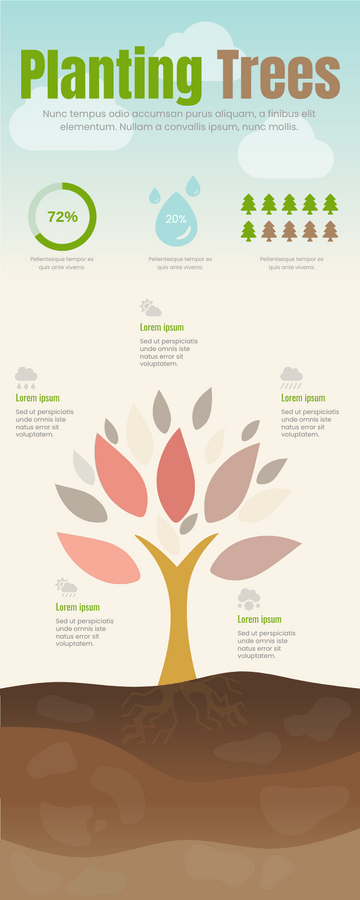Planting Trees
Trees release the oxygen we need to breathe. Trees can reduce the loss of rainwater, thereby reducing river erosion and pollution, and minimizing the consequences of flooding. Many wild animals take refuge in the trees. They provide food, protection and shelter for many birds and mammals.
Why We Want to Plant More Trees?
Trees are destroyed every day, forcing countless species to fight for their survival and tree planting and conservation can saved countless of habitats for birds and wild animal. Trees can absorb this harmful carbon dioxide from the air, releasing fresh oxygen as they store it, for example, for just one acre of woodland absorbs six tons of harmful carbon dioxide from the environment, while producing four tons of breathable oxygen.
Here Are Some Fun Facts About Tree Planting:
- Tree planting improves wildlife habitat connectivity and supports biodiversity.
- The average size of the tree provides enough oxygen for a family of four to breathe in one year.
- Trees extract harmful toxins from the air and serve as a natural air filter.
- Three trees grown in the right location around the buildings will significantly minimize the need of air-conditioning, as trees lower air temperature by evaporating water in their leaves
- The earth is 4.5 billion years old. Plants may have settled on the earth 470 million years ago
- During the age of the dinosaurs 150 million years ago, trees were extinct, but they were later found again in Australia


